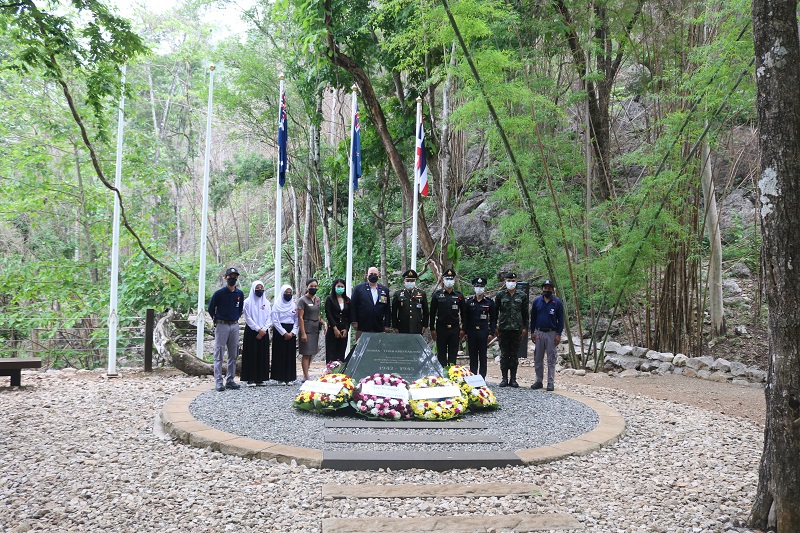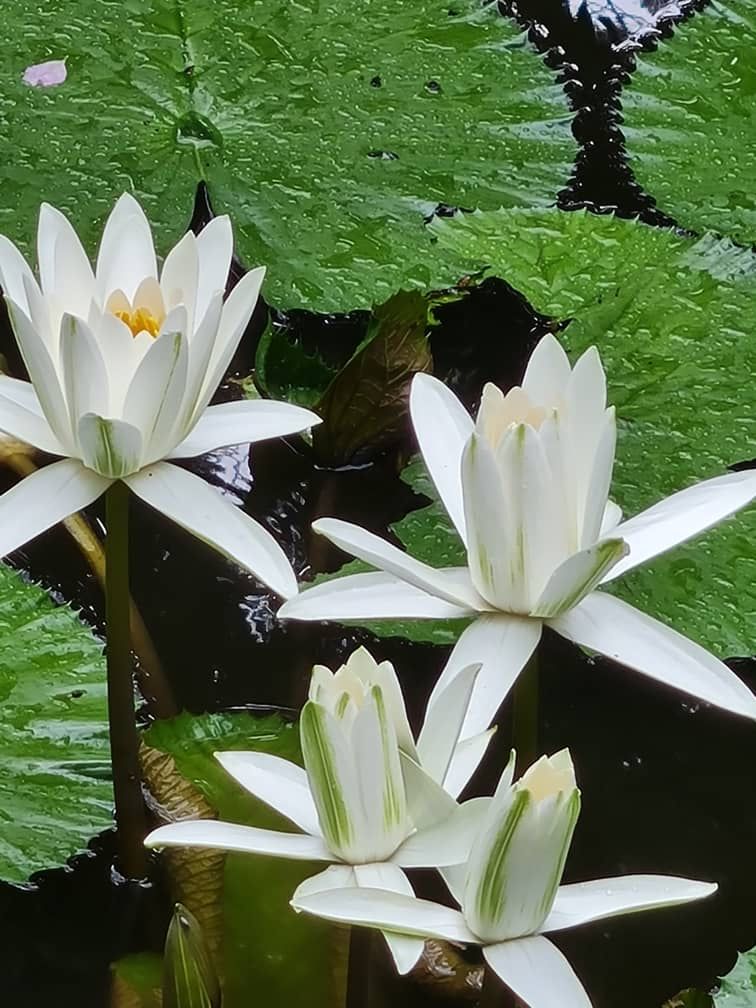Hellfire Pass and Sandakan during COVID
Our commitment to remembrance never ends.
Despite the global pandemic and travel restrictions, our overseas teams and their local communities are ensuring that commemoration and recognition continues. The Sandakan Memorial Park and Hellfire Pass Interpretative Centre are two examples of this work.
Hellfire Pass Interpretive Centre and Memorial Walking Trail, Thailand
After the fall of Malaya, Singapore and the Dutch East Indies in February 1942, more than 22,000 Australians were taken prisoner by the Japanese.
Some 13,000 Australians, along with 47,000 other Allied troops and 200,000 Asian labourers, were sent to work under brutal conditions on the construction of a new railway, stretching 415 kilometres from Thailand to Burma (now Myanmar).
At least 12,000 POWs and an estimated 90,000 labourers died during the construction – memorialised as ‘a life for every sleeper’. Among the casualties were 2,815 Australians.
The Hellfire Pass Interpretive Centre is dedicated to the Australian and other Allied POWs and Asian labourers who suffered and died during the construction of the Burma–Thai Railway. The museum complex includes a walking trail that follows part of the original railway track through the solid rock cuttings made by the POWs, including the infamous Konyu cutting – or Hellfire Pass.
The name ‘Hellfire Pass’ originated from the POWs having to work into the night – oil lamps cast the workers’ shadows on the walls, the ruthless treatment and appalling conditions, and the noise of men chipping into rock, resembled a vision of hell.

Despite a lack of international visitors, the team at Hellfire Pass continue to tell our Australian story with care and dedication. They also observed Australians’ service and sacrifice with the laying of a commemorative wreath on Anzac Day (pictured).
‘Anzac Day is the most important day for us whether there would be attendees or not,’ says Jirapon ‘Chart’ Sreewongsirichot, Railway Maintenance Team. ‘We get up early, prepare the wreaths and we commemorate those who worked on the railway. We respect and give our honours because that is our history – Hellfire Pass is our memories. Despite the COVID situation, we keep maintaining the place like always; that’s very important for us.’
Sandakan Memorial Park, Sabah Province, Malaysia
Dedicated in February 1999, the park occupies part of the original Sandakan prisoner of war (POW) camp site. It includes a memorial obelisk, an information pavilion, a marked walking trail and relics, which take the visitor through a journey into the terrible experience of Australian and British POWs at Sandakan during the Second World War.
From 1942 to 1943, some 2,700 Allied servicemen were interned at Sandakan and used as forced labour to build a military airstrip. Some were transferred but, by 1945, more than 1,000 had already perished.
In January 1945, with the imminent defeat of the Japanese Army, about 1,000 British and Australian POWs were sent on three separate forced marches from Sandakan to Ranau, a torturous 260-kilometre march through mountainous jungle terrain.
The men were severely malnourished, suffering from tropical illnesses and subjected to brutal ill-treatment and torture. About half died during these death marches and those who did survive succumbed to starvation and illness. The prisoners who remained in Sandakan died in appalling conditions or were executed.
Only six Australians survived. They escaped with the help of local villagers, and eventually returned home to tell their story.
Sandakan remains one of the worst atrocities committed against Australians in war. On 15 August each year, for Sandakan Memorial Day, we commemorate the more than 2,400 Australian and British POWs who lost their lives and the estimated 16% of Sabah’s civilian population who died during Japanese occupation.
In 2021, despite the pandemic, our team at Sandakan Memorial Park continued to honour the memory and sacrifice of those lost during this tragic chapter. Anzac Day was observed with the laying of a commemorative wreath.
‘It was my 22nd year working for OAWG serving Anzac Day in remembering those who suffered and died here, on the Death Marches to Ranau and at Sandakan Memorial Park,’ says the Memorial Park’s Manager Doris Wong. ‘In the past I and my team welcomed many visitors from Australia and other countries who had come far to remember loved ones … The pandemic has changed everything – the way we work and live. However, we still hope one day that we will back to usual.’

